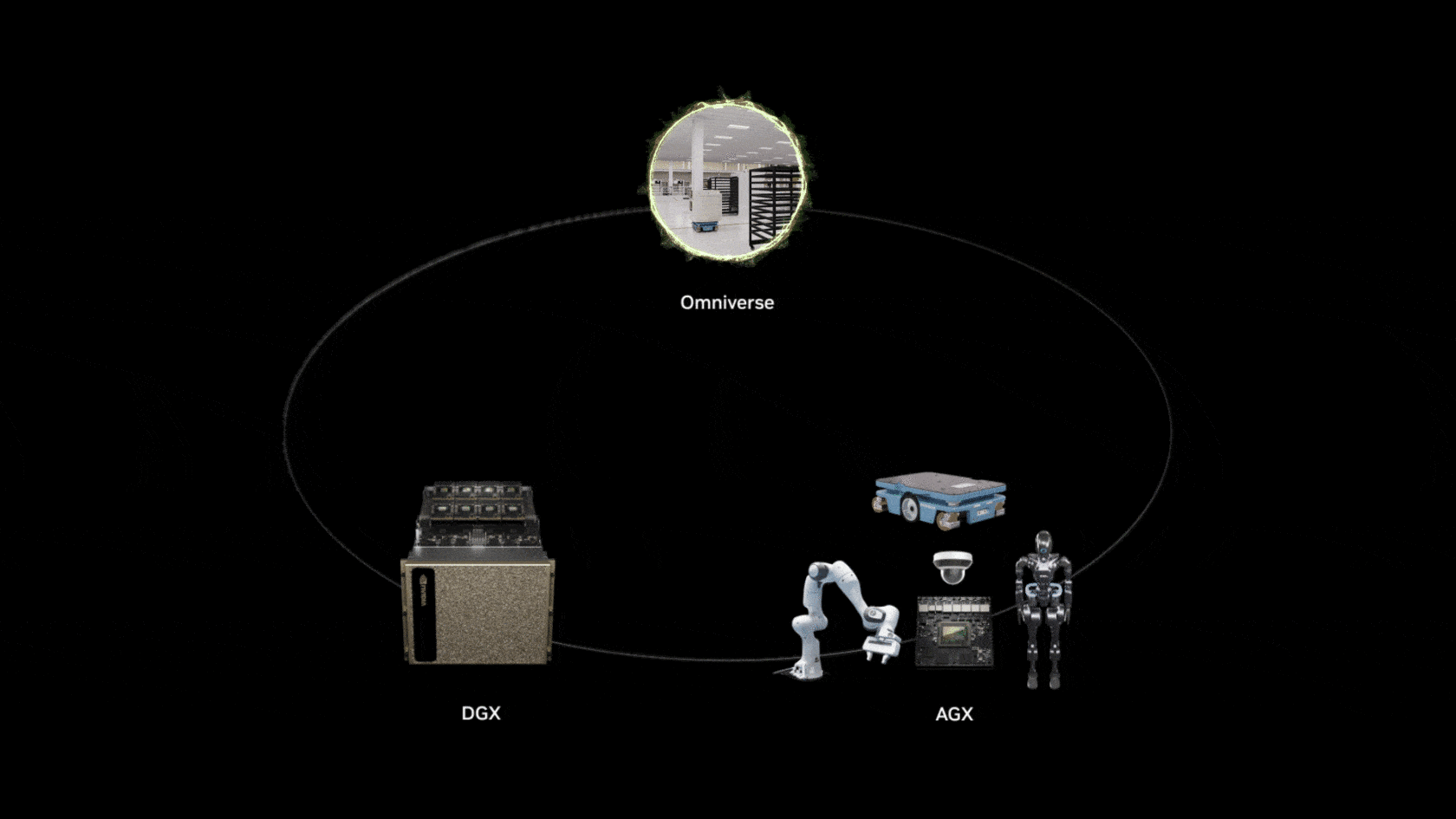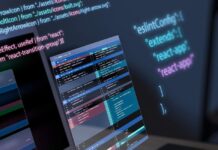The Dawn of Generative AI and Its Impact
In recent years, the introduction of ChatGPT has marked a significant milestone in the journey of generative AI. This technology enables machines to produce human-like responses to a wide array of questions, revolutionizing various sectors such as content creation, customer service, software development, and business operations. It has notably enhanced the productivity of knowledge workers by automating and streamlining tasks previously handled manually.
Despite the strides made in generative AI, the concept of physical AI—where artificial intelligence is embedded within physical entities like humanoid robots, industrial machinery, and other devices—has not yet reached its full potential. This has posed limitations in industries including transportation, manufacturing, and logistics. However, advancements are on the horizon, driven by the integration of cutting-edge computing technologies that enhance training, simulation, and inference capabilities.
The Evolution of Multimodal, Physical AI
For over six decades, traditional software development, known as "Software 1.0," relied on human-written code executed on general-purpose computers powered by CPUs. This paradigm began to shift dramatically in 2012 when Alex Krizhevsky, under the guidance of Ilya Sutskever and Geoffrey Hinton, won the ImageNet competition with AlexNet, a pioneering deep learning model for image classification. This success heralded the era of "Software 2.0," where neural networks running on GPUs took precedence, marking the industry’s initial engagement with artificial intelligence.
Today, the development of software has progressed to a point where it can autonomously generate new software, steering computational workloads towards accelerated computing on GPUs and transcending the limitations of Moore’s Law. With the advent of generative AI, models such as multimodal transformers and diffusion models are being trained to create comprehensive responses.
While large language models are proficient in predicting sequences like letters or words, image and video generation models can predict pixels. However, these models lack the ability to comprehend or navigate the three-dimensional world around them—a gap that physical AI aims to fill. By using accelerated computing and breakthroughs in multimodal physical AI, along with large-scale simulations grounded in physical principles, the potential of physical AI is being unlocked through robotics.
Robots are intricate systems capable of perceiving, reasoning, planning, acting, and learning. They range from autonomous mobile robots (AMRs) and manipulator arms to humanoid forms and beyond. In the foreseeable future, any system involved in movement or monitoring will likely become an autonomous robotic system, capable of sensing and responding to its environment. This transformation will extend across various domains, from surgical rooms and data centers to traffic control and smart cities, evolving these static systems into dynamic, interactive entities powered by physical AI.
The Future of Humanoid Robots
Humanoid robots represent an ideal form of general-purpose robotics due to their ability to function in human-centric environments with minimal modifications. According to predictions from Goldman Sachs, the global market for humanoid robots could expand significantly, reaching an estimated $38 billion by 2035—a substantial increase from prior forecasts.
Researchers and engineers worldwide are fervently working to develop this new generation of robots. These humanoid robots are expected to seamlessly integrate into various industries, performing tasks that require a high degree of adaptability and interaction.
Computing Power Behind Physical AI
The development of humanoid robots hinges on three advanced computing systems that handle their training, simulation, and operational processes. These systems leverage recent advancements in multimodal foundation models and scalable, physics-based simulations of robots and their environments.
Generative AI breakthroughs are enhancing robots’ ability to perceive three-dimensional spaces, control their actions, plan skills, and exhibit intelligence. Large-scale robot simulations allow developers to refine, test, and optimize robotics capabilities in virtual environments that mimic real-world physics, minimizing the cost of data acquisition and ensuring safe operations.
NVIDIA has pioneered three specialized computing platforms to facilitate the creation of physical AI. The first step involves training models on a supercomputer. Developers can utilize NVIDIA NeMo on the NVIDIA DGX platform to train and fine-tune these powerful AI models. NVIDIA Project GR00T aims to create foundation models that enable humanoid robots to comprehend natural language and mimic human movements.
Next, NVIDIA Omniverse provides a comprehensive development platform for testing and optimizing physical AI. It offers simulation environments and interfaces through NVIDIA Isaac Sim, allowing developers to validate robot models and generate synthetic data for training. The open-source NVIDIA Isaac Lab framework supports reinforcement learning and imitation learning, accelerating the refinement of robot policies.
Finally, once AI models are trained, they are deployed onto runtime computers. NVIDIA Jetson Thor robotics computers are designed for compact, onboard computing, enabling the deployment of a suite of models—comprising control policy, vision, and language models—onto an efficient edge computing system.
The Advent of Autonomous Facilities
The culmination of these advanced technologies is leading to the creation of autonomous facilities. Companies like Foxconn and Amazon Robotics are deploying teams of autonomous robots to collaborate with human workers and oversee operations in manufacturing and logistics settings.
These facilities incorporate digital twins, virtual replicas used for layout planning, operations simulation, and crucially, robot fleet software-in-the-loop testing. Built on the Omniverse platform, the "Mega" blueprint allows enterprises to optimize robot fleets in virtual simulations before deploying them to physical environments, ensuring smooth integration and optimal performance with minimal disruption.
Mega enables developers to populate digital twins with virtual robots and their AI models, simulating tasks such as perception, reasoning, planning, and action execution. This virtual environment allows for comprehensive testing and validation, reducing risks and costs associated with real-world deployment.
Empowering Developers with NVIDIA Technology
NVIDIA is at the forefront of empowering the global robotics development community with its technology. Universal Robots, for example, uses NVIDIA’s tools and platforms to create the UR AI Accelerator, which aids cobot developers in building applications and accelerating product development. RGo Robotics employs NVIDIA’s solutions to enhance the perception capabilities of its autonomous mobile robots.
Prominent humanoid robot makers, including 1X Technologies, Agility Robotics, Apptronik, Boston Dynamics, and others, are adopting NVIDIA’s robotics development platform. Companies like Boston Dynamics are using NVIDIA Isaac Sim and Isaac Lab to build robots that augment human productivity and address labor shortages while ensuring safety.
Furthermore, Fourier leverages Isaac Sim for training humanoid robots in interactive fields like healthcare and manufacturing. Galbot uses the platform to advance dexterous grasping capabilities, and Field AI is developing risk-aware foundation models for outdoor robot operations.
The era of physical AI is transforming industries and paving the way for a future where intelligent machines are integral to various sectors. As these technologies continue to evolve, they promise to enhance efficiency and innovation across numerous applications, guiding us into a new era of technological advancement.
For more information, you can explore NVIDIA Robotics and delve deeper into the world of physical AI and its applications.
For more Information, Refer to this article.



































